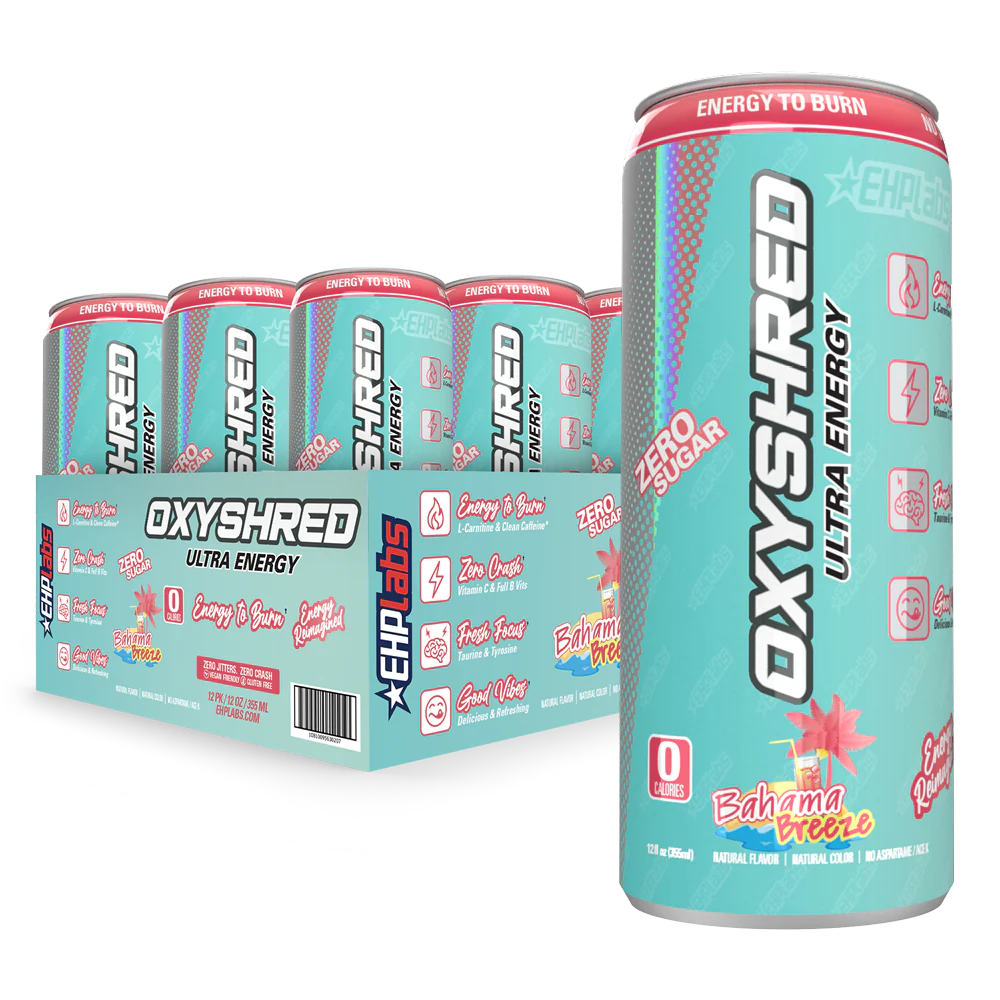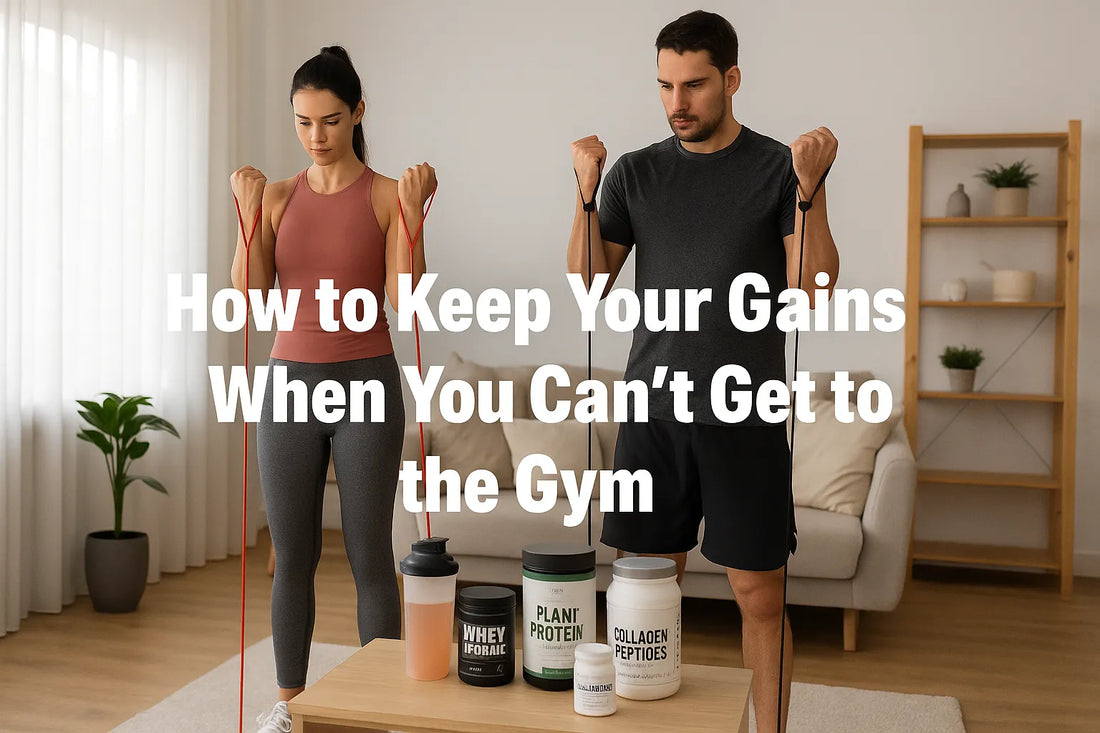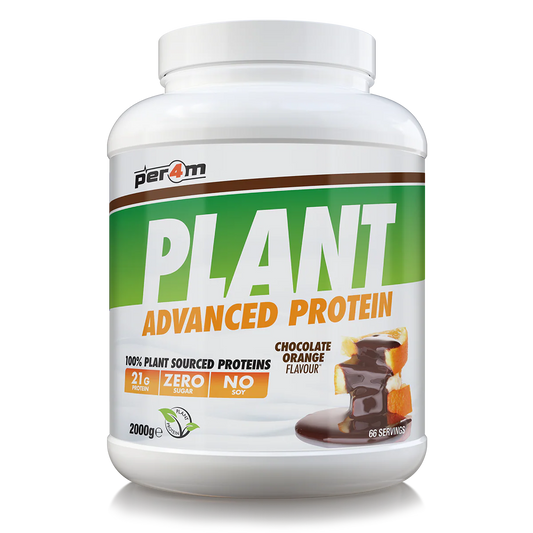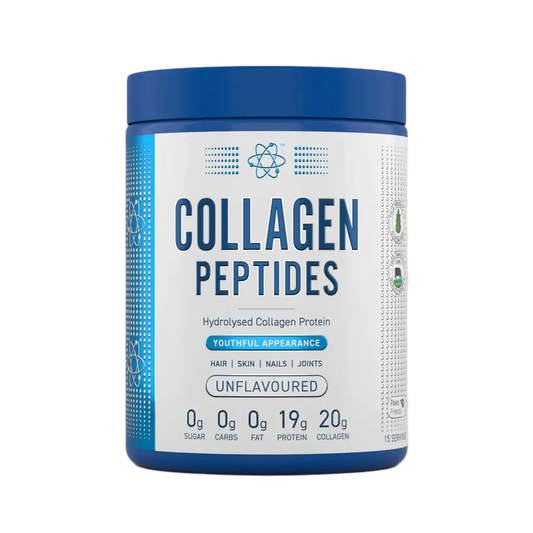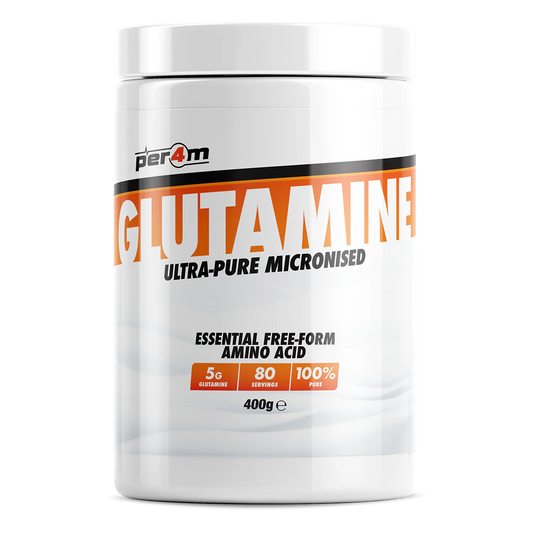You’ve worked hard for those gains — early mornings, late nights, endless scoops of protein, and maybe a few questionable fashion choices involving stringer vests. But what happens when life throws you off your gym schedule? Whether you’re travelling, recovering from injury, or just facing a week where the only lifting you’re doing is your coffee mug, the fear of losing muscle is real.
Here’s the good news: you can hold onto your hard-earned size and strength even without a squat rack in sight. The trick is to work smarter, eat with intention, and keep your body primed for when you’re back in action.
Can I Build Muscle Without a Gym?
Short answer: yes, but with a caveat. Muscle growth without heavy gym equipment is possible, but it’s more about muscle preservation than chasing PRs. Your body responds to stimulus, and that can come from more than barbells.
Resistance bands, suspension trainers, and even household items can keep your muscles engaged. Pair that with high-protein nutrition and you’ll avoid the dreaded “holiday shrink.” That’s where Per4m Plant Protein shines — a smooth, plant-based shake that keeps your daily protein intake up, whether you’re in a hotel room or at home. It’s a quick, reliable way to ensure your muscles are getting the building blocks they need.

Are Bodyweight Exercises Enough to Build Muscle?
Bodyweight training often gets written off as “easy,” but done right, it can be brutal — and effective. Think tempo push-ups, Bulgarian split squats, and isometric holds. The key is progressive overload: slow the reps down, increase the time under tension, or add unilateral moves to increase difficulty.
Your nutrition matters here too. Naughty Boy Prime Creatine can help maintain strength levels and muscle fullness even without heavy lifting. Creatine saturates your muscles with energy reserves, meaning when you do train, your power output is right where it should be.
How Many Push-Ups a Day to Build or Maintain Muscle?
There’s no magic number, but aim for 3–4 sets to near failure. For some, that might be 20 reps; for others, 50. The point is to challenge yourself. Push-ups alone won’t give you a massive chest, but they will help retain strength and definition until you’re back under a barbell.
Pair this with a daily serving of Per4m Whey Hydrate 1.8kg to support recovery. It’s not just a protein source — it replenishes hydration and electrolytes, keeping your muscles primed and ready.
How Long Can You Go Without the Gym Before You Start Losing Muscle?
You won’t lose muscle overnight, but after two to three weeks of inactivity, strength levels and muscle size can start to dip. The more advanced you are, the faster the decline — not because your body hates you, but because bigger muscles require more maintenance.
That’s why it’s smart to keep Per4m Glutamine 400g in your routine during breaks. Glutamine supports recovery and helps reduce muscle breakdown, which is crucial when your training frequency drops.

How Do I Avoid Muscle Loss When I Can’t Work Out?
Here’s your survival kit:
-
Keep protein intake high (at least 1.6–2.2g per kg of bodyweight)
-
Stay active daily — even light walks help circulation and nutrient delivery
-
Supplement wisely — collagen for joint health, creatine for strength, protein for recovery
Applied Nutrition Collagen Peptides 300g fits in perfectly here. Not only does it support connective tissue (helping you stay injury-free), but it also plays a role in muscle recovery — key when training is minimal.
How Much Protein Per Day to Maintain or Build Muscle Without Training?
When you’re not training, you might think you can ease up on protein — big mistake. If anything, your protein requirements stay the same to prevent muscle breakdown. Aim for 1.6–2.2g per kilogram of bodyweight daily.
This is where Per4m Plant Protein becomes a lifesaver. Not only is it smooth and easy to drink, but it also gives you a quality amino acid profile to feed your muscles when gym stimulus is low.
Is Cardio Bad for Muscle Growth?
Not necessarily — it depends on type and volume. Low-intensity cardio like walking or cycling can help maintain cardiovascular fitness without cutting into muscle mass. Overdo high-intensity cardio while eating less, though, and you might accelerate muscle loss.
If you’re doing cardio during a gym break, Naughty Boy Prime Creatine can help keep your energy reserves high so your muscles still perform well when you get back to lifting.
Is Sleep Important for Muscle Growth?
Absolutely. Sleep is when the magic happens — growth hormone release, muscle repair, and nervous system recovery. Without adequate rest, your strength and size will suffer far more quickly than from missing the gym alone.
Per4m Whey Hydrate 1.8kg works brilliantly as a post-dinner recovery drink, hydrating your muscles while delivering protein before bed. Combined with a solid sleep schedule, it helps preserve muscle tissue during downtime.

Do You Need to Lift Heavy to Build Muscle?
No — muscle growth responds to intensity and stimulus, not just weight on the bar. Lifting heavy is one way to achieve that, but so is high-rep bodyweight work, slow tempos, and bands.
During breaks from the gym, Per4m Glutamine 400g supports muscle recovery so you can still train effectively with the tools you have, and avoid losing size when volume drops.
What Is the 3-2-1 Rule in the Gym — And Is 3 Days a Week Enough to Make Gains?
The “3-2-1” rule refers to three resistance sessions, two cardio sessions, and one flexibility/mobility session per week. For maintaining muscle, three quality workouts a week is enough — especially if you’re eating and recovering well.
Adding Applied Nutrition Collagen Peptides 300g into your routine supports joint health, keeping you moving well so you can train effectively even at a reduced frequency.
Final Takeaway
Losing the gym doesn’t have to mean losing your gains. With smart at-home training, nutrient-dense meals, and a supplement stack that keeps muscles fuelled and joints supported, you can maintain size, strength, and performance until you’re back in the iron playground.
Your “no-gym” checklist:
-
Keep protein intake high
-
Stay hydrated and maintain electrolytes
-
Use supplements to plug recovery gaps
-
Prioritise sleep and stress management
- Train smart with what you have
FAQ’s
1. Can you keep muscle without lifting weights?
Yes — if you eat enough protein, keep your muscles stimulated with bodyweight exercises, and maintain good recovery habits, you can hold on to your gains for weeks or even months.
2. How long before you lose muscle without training?
Muscle loss typically starts within 2–4 weeks of complete inactivity, but the rate depends on diet, recovery, and previous training history.
3. Are bodyweight exercises enough to build or maintain muscle?
Yes, especially if you focus on progressive overload through higher reps, slower tempos, and challenging variations.
4. Should I take supplements if I’m not training?
Yes — supplements like protein, creatine, collagen, and glutamine can help reduce muscle breakdown and support recovery during time away from the gym.
5. Does creatine help maintain muscle?
Absolutely. Creatine helps preserve muscle strength and performance, even if your training intensity is lower.
6. How much protein should I eat when I’m not training?
Aim for 1.6–2.2g per kilogram of bodyweight daily to prevent muscle loss and aid recovery.
7. Is cardio bad for muscle retention?
Not if managed well. Low-intensity cardio can support health without stripping muscle, but excessive high-intensity cardio with a calorie deficit can speed up muscle loss.
8. What are the best supplements for keeping muscle?
Protein powder, creatine, glutamine, collagen, and hydration-focused formulas help maintain size, strength, and recovery.
